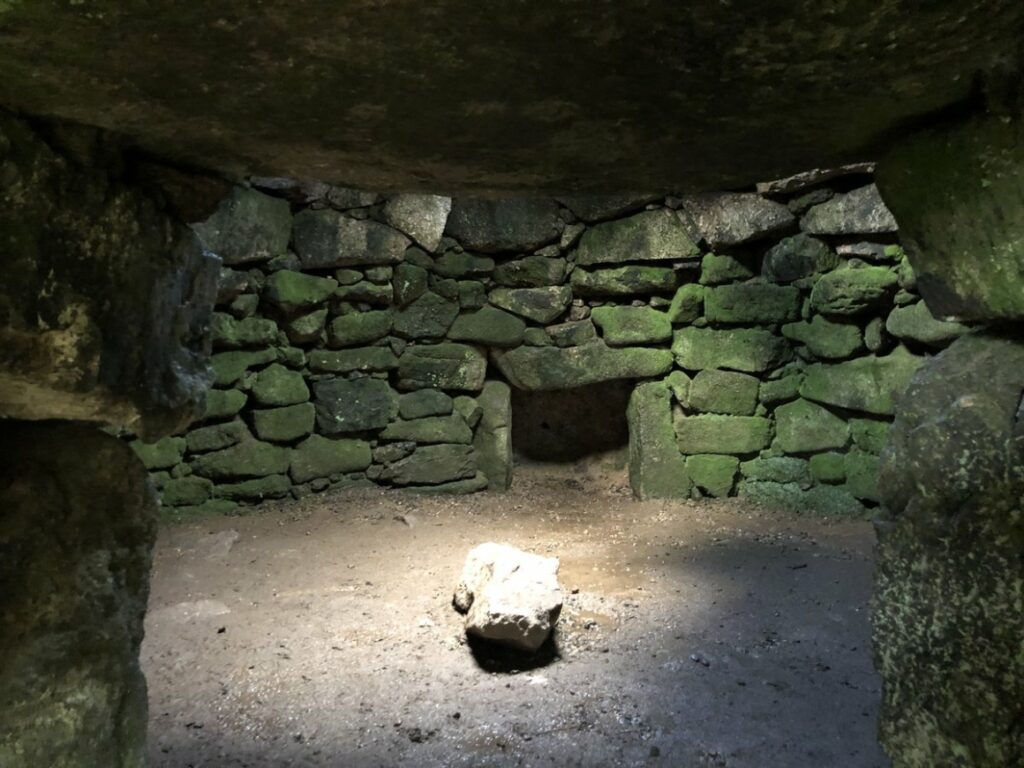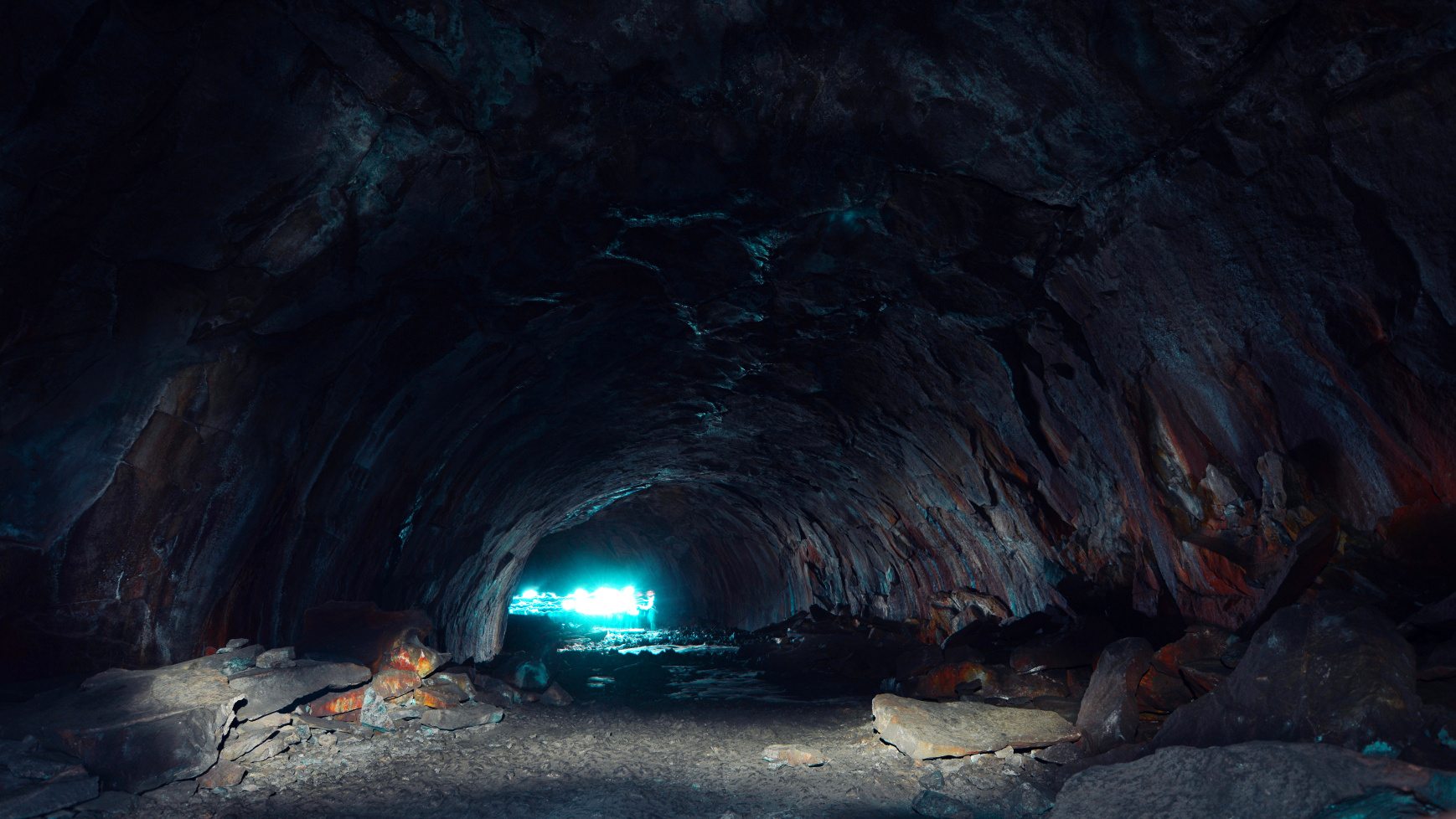More than a dozen tunnels have been found in Cornwall, England, which are unique to the British Isles. Nobody knows why Iron Age people created them. The fact that the ancients supported their tops and sides with stone suggests that they wanted these structures to last.
Many of the Fogous (caves), as they are called in Cornish, was excavated by antiquarians who kept no records, so their purpose is difficult to understand, BBC Travel says of the mysterious structures.
The Cornish landscape is covered in hundreds of ancient man-made stone features, including precincts, cliff castles, ramparts, and forts. In terms of stone monuments, the Cornish countryside has wheelbarrows, menhirs, dolmens, landmarks, and of course stone circles. In addition, there are 13 inscribed stones.
“Obviously, all this monument building didn’t happen at the same time. Man has been making his mark on the surface of the planet for thousands of years and each civilization has had its own method of honoring their dead and/or their deities,” says the Cornwall website. in Focus.
The website says Cornwall has 74 Bronze Age, 80 Iron Age, 55 Neolithic, and one Mesolithic structure. In addition, there are nine Roman and 24 post-Roman sites. The Mesolithic dates from 8,000 to 4,500 BC, so people have been occupying this peninsula in southwestern Britain for a long, long time.

The Fogous required a considerable investment of time and resources “and nobody knows why they would have done it”, says the BBC. It is interesting to note that all 14 Fogous were found within the boundaries of prehistoric settlements.
As the society was pre-literate, there are no written records that explain the enigmatic structures. “There are only a few that have been excavated in modern times – and they don’t seem to be structures that really reveal their secrets,” Susan Greaney, English Heritage’s chief historian, told the BBC.
The mystery of its construction is magnified at Halliggye Fogou, the best-preserved tunnel in Cornwall. It measures 1.8 meters (5.9 ft) tall. The 8.4 meters (27.6 ft) passage narrows at its end into a tunnel 4 meters (13,124 ft) long and 0.75 meters (2.46 ft) high.
Another 27-meter (88.6 ft) long tunnel branches off to the left of the main chamber and gets darker as you go – almost as if you are entering another world. Something that has been called the ” ultimate creep ” by those involved in the investigation and study. There are some traps (difficulties) along the way, which can make access difficult.
“In other words, nothing felt designed for easy access – a feature that is as iconic as it is baffling,” wrote the BBC’s Amanda Ruggeri. Some have speculated that they were places to hide, although the lintels of many of them are visible on the surface and Ruggeri says they would be forbidden places to stay if one sought refuge.
Still, others speculated that they were burial chambers. An antiquary who joined Halliggye in 1803 wrote that there were funerary urns. But no bones or ash were discovered in the six tunnels that modern archaeologists have examined. No grain remains were found, perhaps because the soil is acidic. No mining ingots were discovered.
This elimination of storage, mining, or burial purposes has led some to speculate that perhaps they were ceremonial or religious structures where people worshiped gods.
“These were lost religions,” said archaeologist James Gossip, who led Ruggeri on a tour of Halligye. “We don’t know what people were worshiping. There’s no reason they couldn’t have a spiritual ceremonial purpose as well as, shall we say, storage.” He added that the purpose and use of Fogous have likely changed over the hundreds of years it has been in use.























